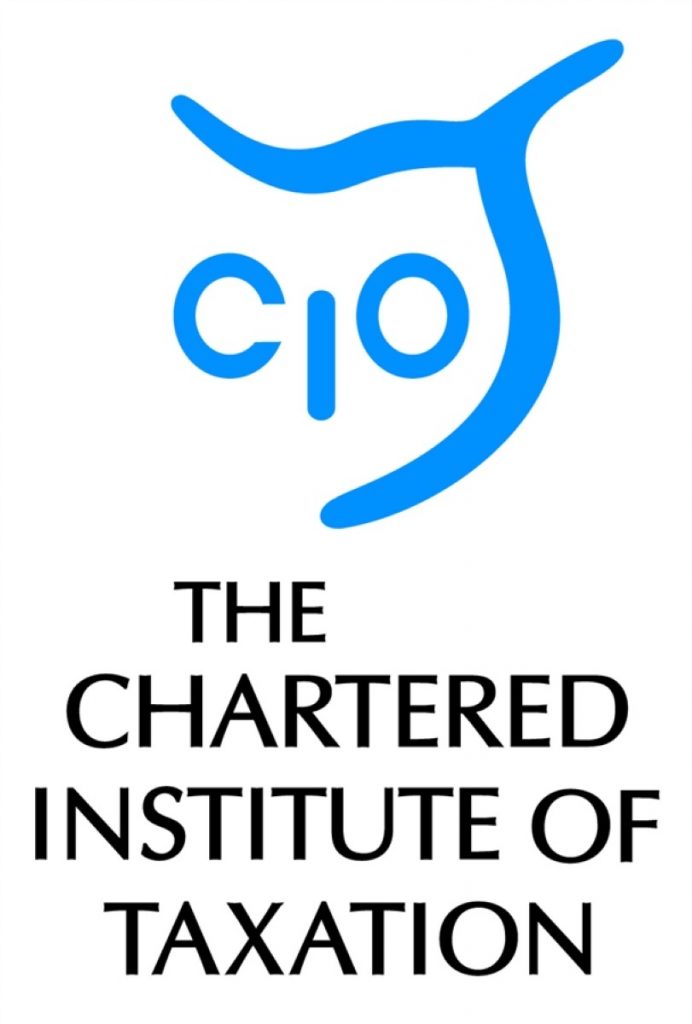Double blow for self-employed workers in Autumn statement
The Chancellor’s planned ‘higher wage, lower welfare’ economy will translate simply into a lower welfare economy for those who work for themselves, say LITRG.
The national living wage (NLW) to which employees will be entitled if they are at least 25 years of age will not be payable to the self-employed, some of whom may nevertheless find themselves paying their own employees the NLW. At the same time, today’s announcement that the minimum income floor in universal credit will be uprated in line with the new NLW instead of the national minimum wage comes as a double blow to self-employed ‘strivers’.
Anthony Thomas, LITRG Chairman, explains:
“The minimum income floor is the amount of profit that self-employed claimants of universal credit are expected to earn each month. It is currently assessed on the basis of a 35 hour working week at the national minimum wage. If they do not earn as much as that, their universal credit is calculated as though they did. As NLW is phased in, self-employed claimants will be expected to increase their profitability to match.
“Whilst the number of people who are self-employed and claiming universal credit is still very low, there will be increasingly more self-employed workers, or people who choose to move into self-employment through their claimant commitment to take up work.
“The way income from self-employment is calculated for universal credit, and in particular the way an award is limited as though self-employed profits were at least equal to the MIF each and every month, takes no account of fluctuating incomes or periods of low or negative takings. We have made very many representations about the difficulties this principle will present for workers already struggling with low takings in an assessment period ever since the idea was first mooted. We again strongly urge the Government to take note before many claimants start to encounter the many obstacles that welfare reform is placing in their path to business success.”
Notes for Editors
1. The NLW is to be set initially at £7.20 from April 2016, and is expected to rise annually to over £9.00 by 2020.
Example:
Jack is a single claimant who has a handyman business. His earnings form self-employment for one assessment period are £500. Jack works full time hours and has no limitations on his ability to work.
His MIF would have been calculated as:
£6.70 x 35 = £234.50 x 52/12 = £1016.16, less notional tax and NIC (£61.24) = £954.92
Jack actually earned £500 in the assessment period but because that is lower than his MIF he would be treated as earning £954.92.
However, assuming Jack is over 25, the new living wage rate will be applied in determining his MIF so that:
£7.20 x 35 = £252.00 x 52/12 = £1092, less notional tax and NIC (£85.50) = £1006.50
This means in the assessment period that Jack actually earns £500, his MIF will be £1006.50 and he will be treated as if he had earned that figure and will correspondingly receive even less UC than before this change.
2. Low Incomes Tax Reform Group
The Low Incomes Tax Reform Group (LITRG) is an initiative of the Chartered Institute of Taxation (CIOT) to give a voice to the unrepresented. Since 1998 LITRG has been working to improve the policy and processes of the tax, tax credits and associated welfare systems for the benefit of those on low incomes.
The CIOT is the leading professional body in the United Kingdom concerned solely with taxation. The CIOT is an educational charity, promoting education and study of the administration and practice of taxation. One of our key aims is to work for a better, more efficient, tax system for all affected by it – taxpayers, their advisers and the authorities. The CIOT’s work covers all aspects of taxation, including direct and indirect taxes and duties. The CIOT’s 17,500 members have the practising title of ‘Chartered Tax Adviser’ and the designatory letters ‘CTA’, to represent the leading tax qualification.





-01.png)